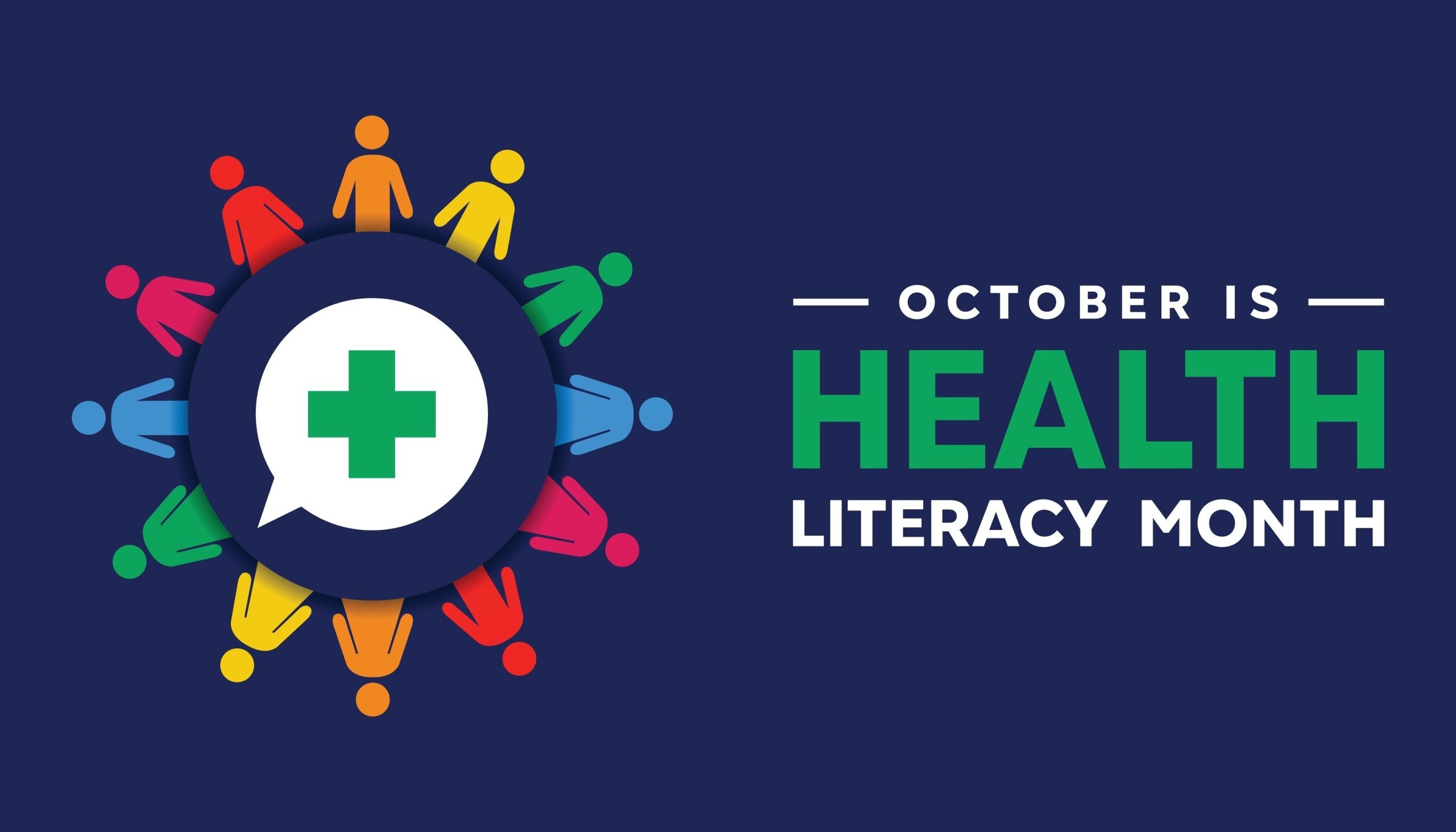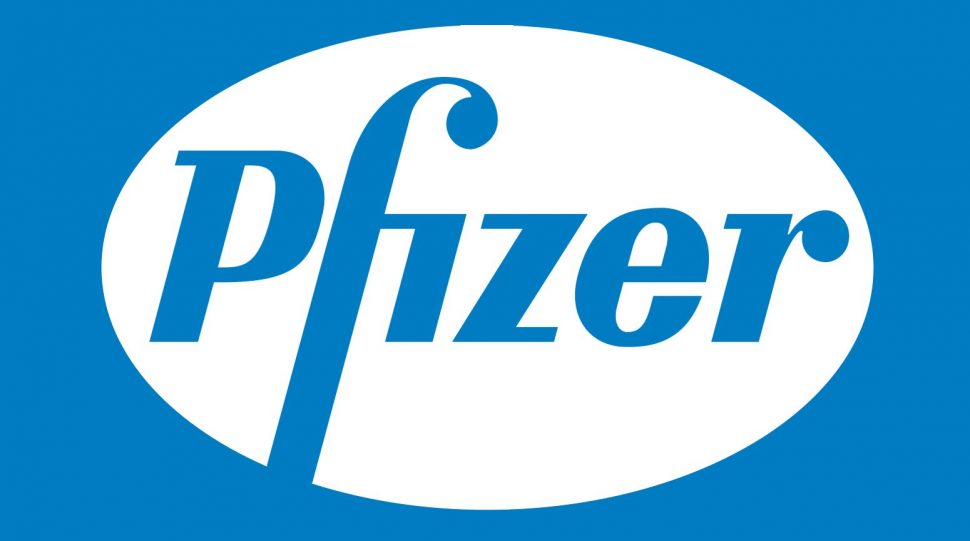October is Health Literacy Month: Understanding the Role of Vaccines in Personal and Public Health

Table of Contents
For physicians, medical practices, and pharmacies, this awareness campaign offers an important opportunity: to evaluate how well patients understand essential healthcare decisions, including the critical role of vaccination. Vaccines remain one of the most effective and widely used preventive healthcare tools, yet misinformation and gaps in health literacy continue to affect vaccine acceptance and uptake.
As a leading vaccine buying group, U.S. Physicians’ Purchasing Group (USPPG) supports private practices, healthcare organizations, and pharmacies across the nation by ensuring that vaccines are accessible, affordable, and understood. By aggregating the purchasing power of thousands of practices, USPPG helps members secure discounted pricing on vaccines from trusted manufacturers like GSK, Pfizer, Moderna, CSL Seqirus, Dynavax, and RabAvert. But beyond savings, our mission aligns with October’s Health Literacy Month: to help practices equip patients with the information they need to make confident, informed vaccination decisions.
In this article, we’ll explore the connection between health literacy and vaccines, why this matters for practices and pharmacies, and how your role as a vaccine purchaser contributes directly to improved community health outcomes.
What is Health Literacy and Why Does it Matter?
Health literacy refers to an individual’s ability to access, understand, and use healthcare information to make informed decisions. The U.S. Department of Health and Human Services emphasizes that strong health literacy is essential for navigating medical systems, understanding prescriptions, and making choices about preventive care.
Unfortunately, research shows that nearly 9 out of 10 adults in the United States struggle with health literacy to some degree. This creates barriers to effective care and has a direct impact on vaccination rates. Patients who cannot clearly understand the risks of vaccine-preventable diseases, the safety of vaccines, or the recommended immunization schedule may be more hesitant—or may forgo vaccines altogether.
For medical practices and pharmacies, this gap creates both a challenge and an opportunity. Improving vaccine health literacy can help patients:
- Recognize the importance of routine immunizations
- Trust in vaccine safety and efficacy
- Understand recommendations for seasonal vaccines, like flu and COVID-19 boosters
- Follow catch-up schedules for missed childhood or adult vaccines
Vaccines and Personal Health Literacy
When we think about personal health literacy, vaccines are one of the most accessible and powerful examples. Every patient has the opportunity to participate in preventive care simply by receiving recommended vaccines. However, this decision often hinges on whether they understand:
- Why vaccines are needed – Explaining how vaccines train the immune system and prevent serious disease.
- When vaccines are recommended – Ensuring patients know about schedules for children, adults, older adults, and high-risk populations.
- Where vaccines are available – Practices and pharmacies must communicate clearly about vaccine access points.
- How vaccines are safe and effective – Patients benefit from transparent communication about clinical trials, safety monitoring, and regulatory oversight.
By improving vaccine literacy, healthcare providers reduce misinformation and increase vaccine confidence. This is especially critical for practices purchasing large quantities of vaccines—you’re not just stocking your office; you’re creating access to life-saving interventions that depend on patient understanding.
The Role of Medical Practices & Pharmacies in Vaccine Health Literacy
As a physician or practice manager, you play a central role in bridging the gap between medical science and patient understanding. Vaccine hesitancy often arises when patients feel uncertain or uninformed. By proactively addressing health literacy, you can help patients move from hesitation to confidence.
Ways practices can support vaccine health literacy include:
- Educating staff: Ensure nurses, medical assistants, and front-desk staff can answer common patient questions with clarity.
- Using plain language: Replace jargon with simple explanations.
- Offering visual aids: Charts, vaccine schedules, and infographics help patients grasp complex information.
- Addressing common myths: Tackle misinformation directly with facts from trusted sources.
- Encouraging dialogue: Give patients the space to ask questions and express concerns without judgment.
How Vaccine Literacy Influences Public Health Outcomes
The importance of vaccine literacy extends beyond individual choices. When patients understand vaccines, entire communities benefit. Vaccination contributes to herd immunity, protecting those who cannot be vaccinated due to medical conditions or age restrictions.
Health literacy also plays a role in emergency responses. For example:
- During the COVID-19 pandemic, health literacy determined whether patients trusted and received the vaccine promptly.
- Each fall, flu vaccine campaigns rely on patients’ understanding of seasonal risks and vaccine benefits.
- For travel or occupational vaccines (like RabAvert for rabies exposure), literacy ensures patients comply with recommendations before potential exposure.
Improved health literacy, therefore, strengthens resilience during public health crises and reduces the strain on healthcare systems.
How USPPG Supports Practices During Health Literacy Month and Beyond
At USPPG, our mission goes beyond negotiating discounted vaccine pricing. We’re committed to helping practices and pharmacies thrive by ensuring that vaccines are both affordable and understood.
By partnering with leading vaccine manufacturers—GSK, Pfizer, Moderna, CSL Seqirus, Dynavax, and RabAvert—we give practices reliable access to essential vaccines. This means you can focus on patient education and care while knowing your vaccine supply is secure.
Membership with USPPG provides:
- Exclusive savings on essential vaccines
- Streamlined ordering and purchasing processes
- Support for managing vaccine inventory efficiently
- No enrollment costs—membership is free for practices
As October highlights the importance of health literacy, USPPG members are uniquely positioned to make a difference. By stocking the right vaccines at the best prices, your practice directly supports informed patient decisions and improved public health outcomes.
Practical Steps for Promoting Vaccine Literacy in Your Practice
To align with Health Literacy Month, consider implementing initiatives that highlight vaccines as part of personal health literacy. Some actionable steps include:
- Host an educational campaign: Use posters, newsletters, and patient portals to share simple vaccine facts, highlighting seasonal vaccines like influenza and COVID-19 boosters.
- Leverage digital communication: Update your website with vaccine FAQs and share educational posts on social media that debunk myths and promote vaccine confidence.
- Train your staff to communicate effectively: Incorporate role-play or Q&A sessions into staff meetings to ensure consistent messaging.
- Highlight cost and access advantages: Inform patients about insurance coverage, federal programs, and discounted rates to overcome cost barriers.
- Collaborate with community partners: Partner with schools, pharmacies, and local organizations to improve vaccine literacy outside of your practice walls.
Why Vaccine Purchasers Are Key to Health Literacy
If your role involves purchasing vaccines for your medical practice or pharmacy, you are directly contributing to health literacy and community wellness. By ensuring a reliable supply of essential vaccines, you empower your providers and staff to confidently recommend and administer them.
The availability of vaccines in your practice has a ripple effect:
- Patients trust providers who are well-stocked and prepared.
- Physicians can offer same-day immunization without referring patients elsewhere.
- Practices and pharmacies build a reputation for preventive care excellence.
In short, vaccine purchasing isn’t just about cost savings—it’s about creating the infrastructure that supports health literacy in action.
Looking Ahead: Building a Culture of Vaccine Literacy
Health Literacy Month is a reminder that education is a cornerstone of healthcare. As we look toward the future, building a culture of vaccine literacy means:
- Continuing to train staff in effective communication strategies
- Using data and reporting to understand patient vaccine uptake trends
- Embracing new vaccines and updates as they become available through manufacturers like Pfizer, Moderna, and GSK
- Strengthening the partnership between vaccine purchasers, providers, and patients
By prioritizing these efforts, your practice not only improves patient outcomes but also contributes to stronger, healthier communities nationwide.
Conclusion
October Health Literacy Month provides a powerful opportunity for practices and pharmacies to highlight the essential role of vaccines in both personal and public health. Improving health literacy around vaccines helps patients understand the “why,” “when,” and “how” of immunization, reducing hesitation and boosting confidence.
At U.S. Physicians’ Purchasing Group (USPPG), we’re proud to support these efforts by ensuring practices have access to affordable, high-quality vaccines from trusted manufacturers like GSK, Pfizer, Moderna, CSL Seqirus, Dynavax, and RabAvert.
For the professionals responsible for purchasing vaccines, this month underscores the importance of your role. By securing reliable vaccine supplies, you create opportunities for informed patient decisions and healthier communities.
Together, we can make this October—and every month—a time to strengthen health literacy, promote vaccine confidence, and advance public health.
Frequently Asked Questions (FAQs)
- What is Health Literacy Month?
- Health Literacy Month, observed every October, is a national initiative to raise awareness about the importance of understanding health information and making informed healthcare decisions.
- Why is vaccine literacy important for patients?
- Vaccine literacy helps patients understand the benefits, safety, and recommended schedules for vaccines. Informed patients are more likely to receive preventive care, adhere to immunization schedules, and reduce the risk of vaccine-preventable diseases.
- How can medical practices improve vaccine literacy?
- Practices can improve vaccine literacy by educating staff, using plain language when discussing vaccines, providing visual aids like charts or infographics, addressing common myths, and encouraging open dialogue with patients.
- What role does USPPG play in supporting vaccine access?
- USPPG aggregates the purchasing power of thousands of practices to provide discounted pricing on vaccines from trusted manufacturers, ensuring that practices can maintain a reliable vaccine supply at reduced costs, all at no enrollment fee.
- How does vaccine availability support health literacy?
- When vaccines are readily available in a practice, providers can educate and administer vaccines during patient visits. This accessibility reinforces patients’ understanding of preventive care and encourages timely immunization.
- Are there seasonal vaccines that practices should focus on during Health Literacy Month?
- Yes. Influenza vaccines, COVID-19 boosters, and other age-appropriate immunizations are important to highlight during the fall. Practices should communicate these recommendations clearly to ensure patients remain protected.
- How can practices use Health Literacy Month to educate patients?
- Practices can host educational campaigns, update websites and social media with vaccine information, provide FAQs, distribute printed materials, and engage staff in patient education initiatives to reinforce understanding and confidence in vaccination.
Become a USPPG Member
USPPG is a physician buying group (PBG) that negotiates discounts on vaccines and other medical supplies by leveraging collective purchasing power. We partner with major vaccine manufacturers to secure lower prices and additional benefits.
Key Benefits:
- Membership is Free
- Access to Exclusive Discounts & Rebates
- Significant Cost Savings on Vaccines





